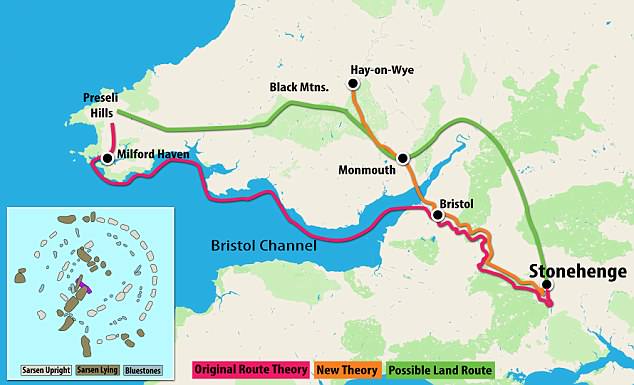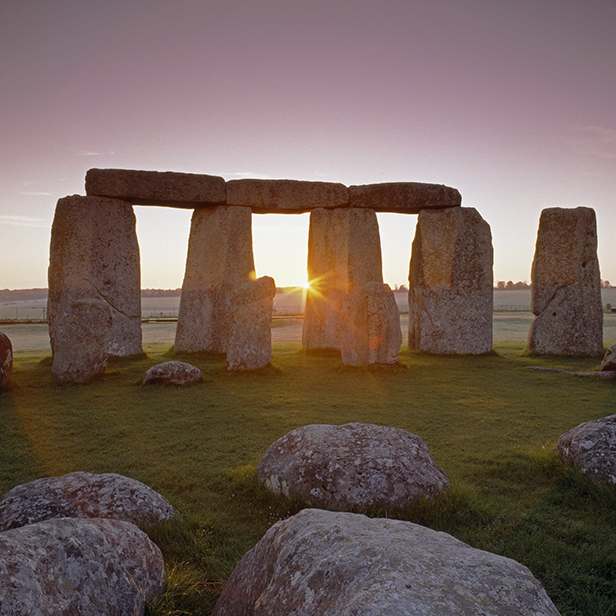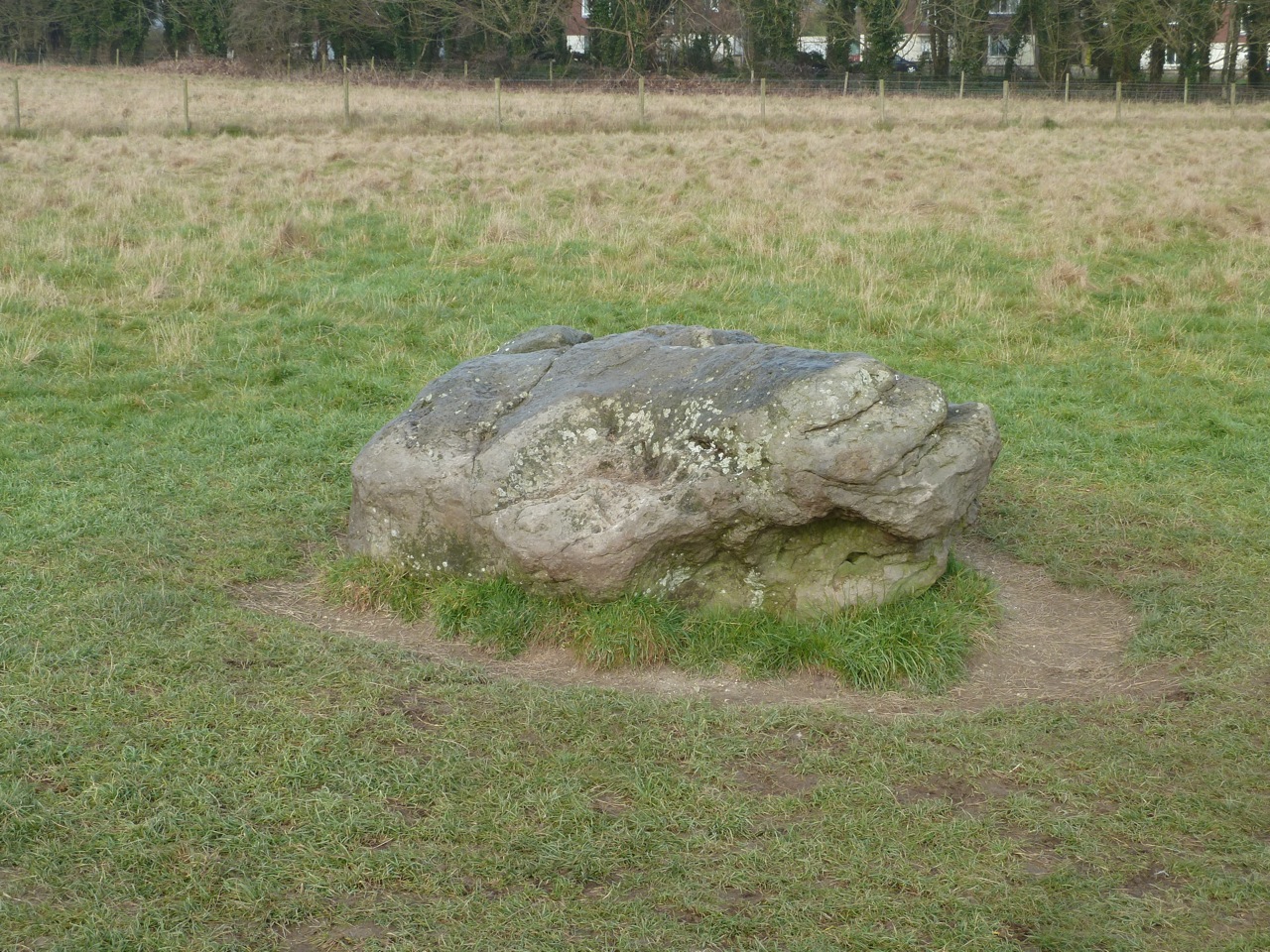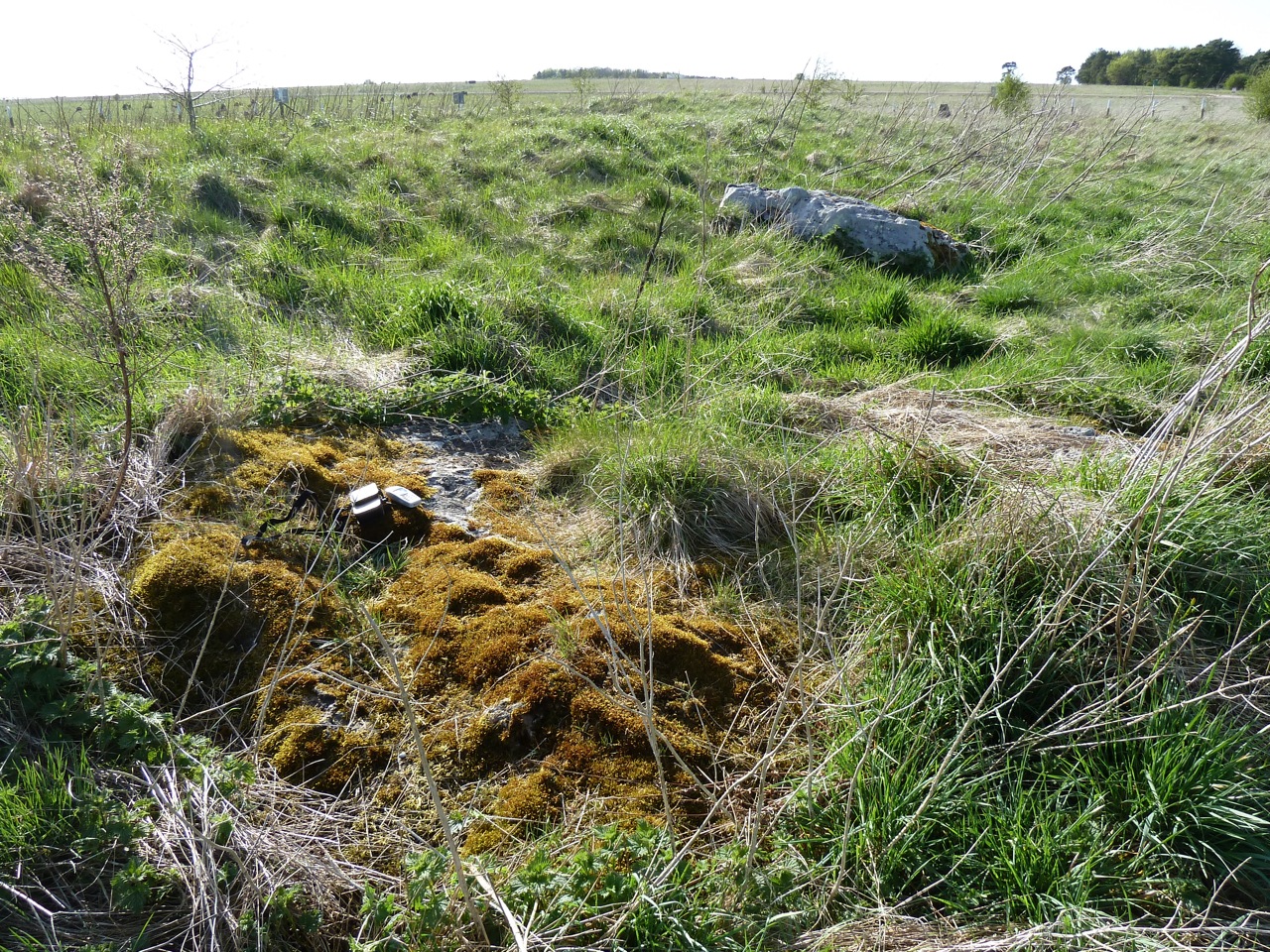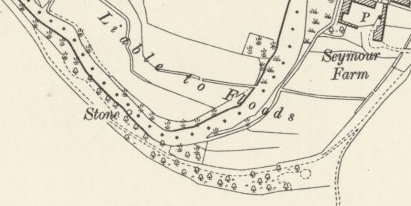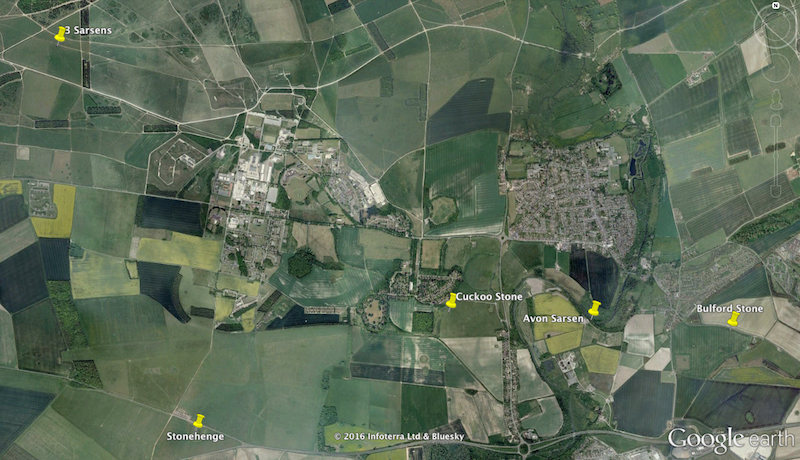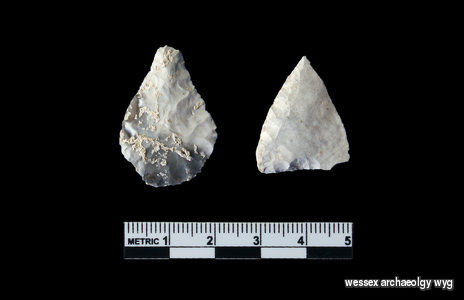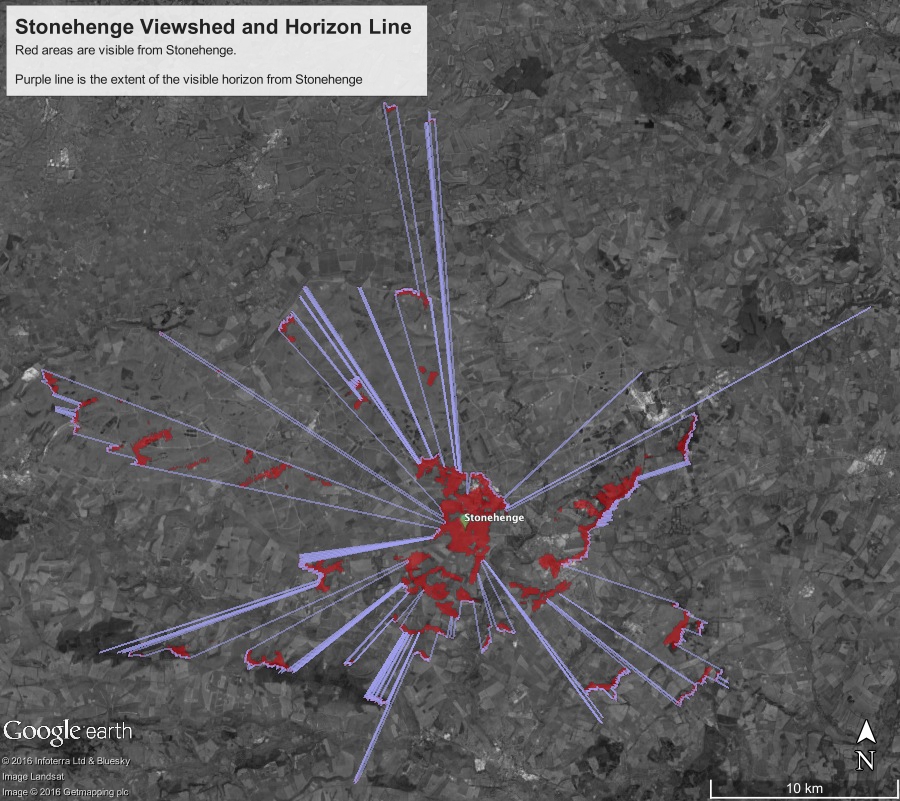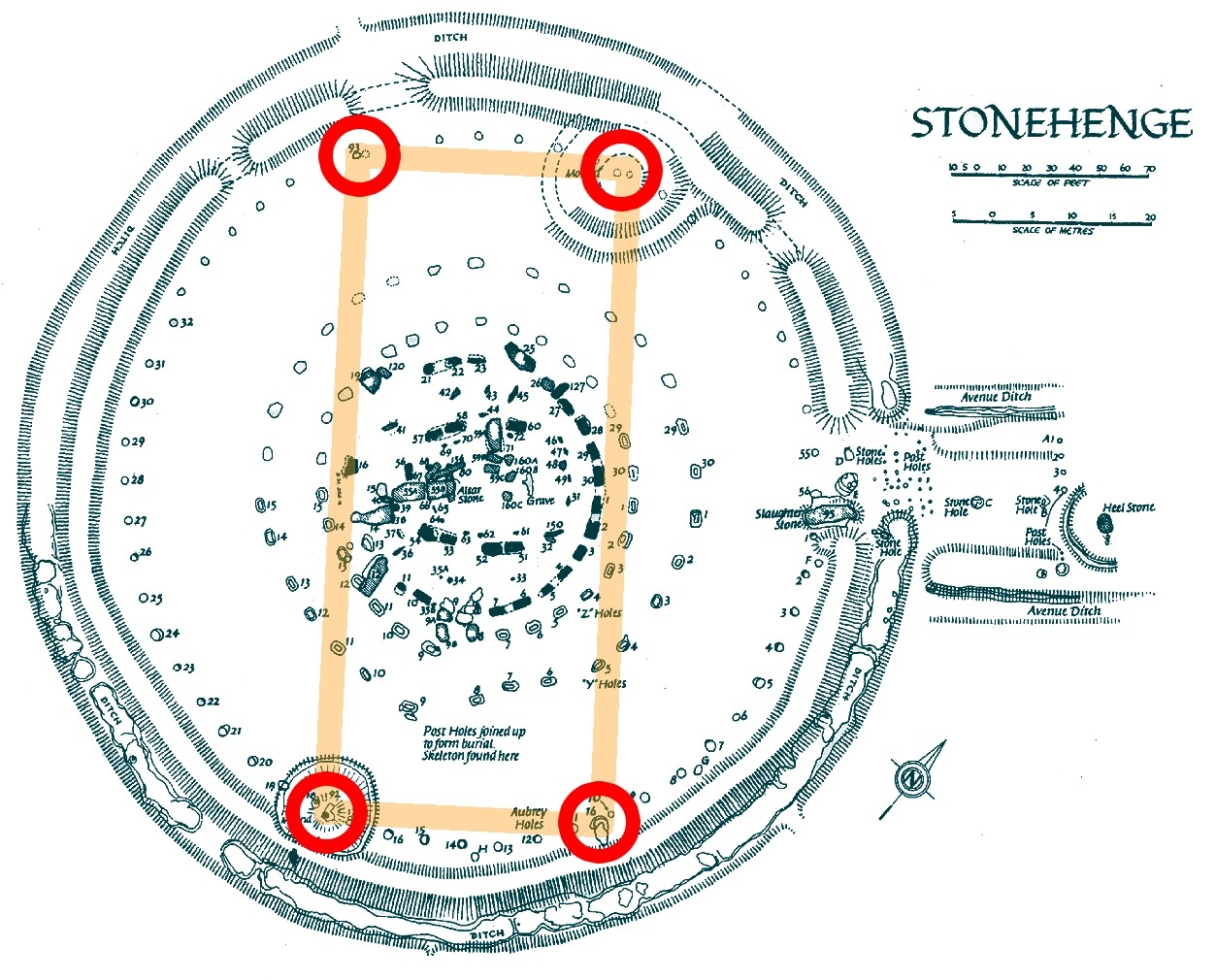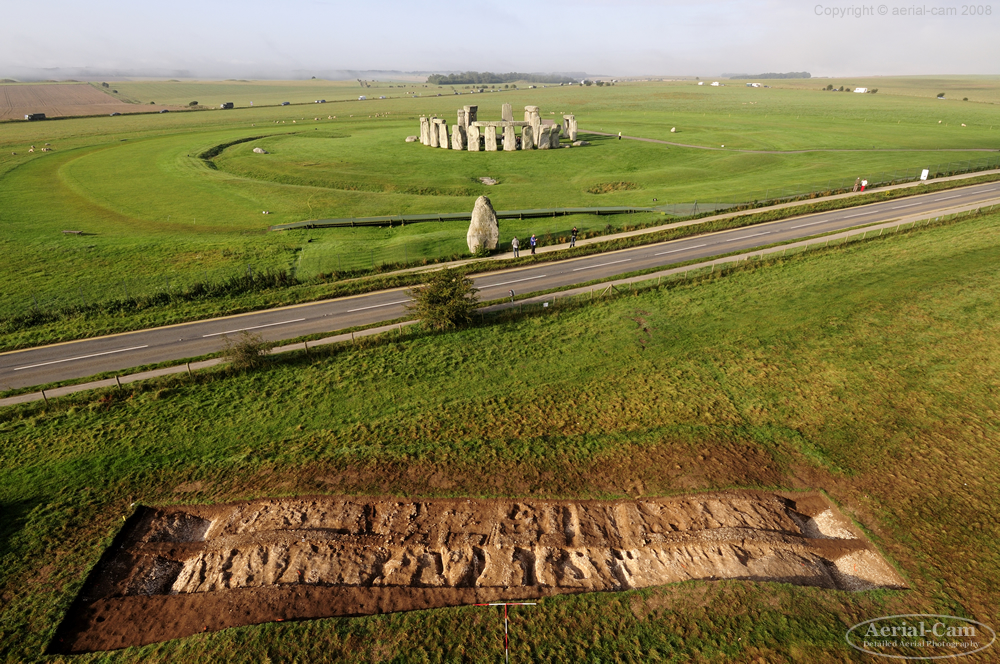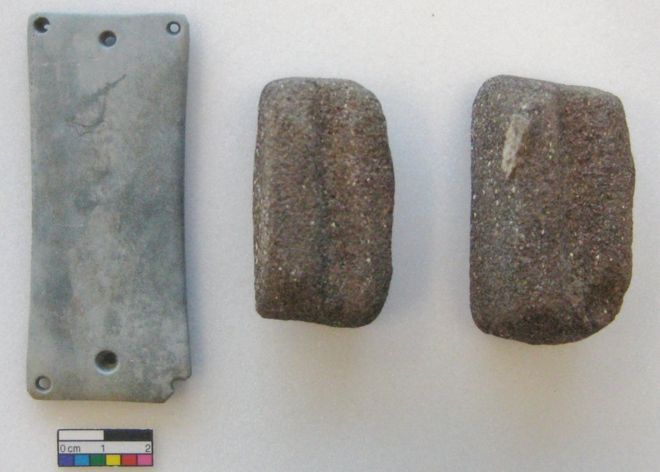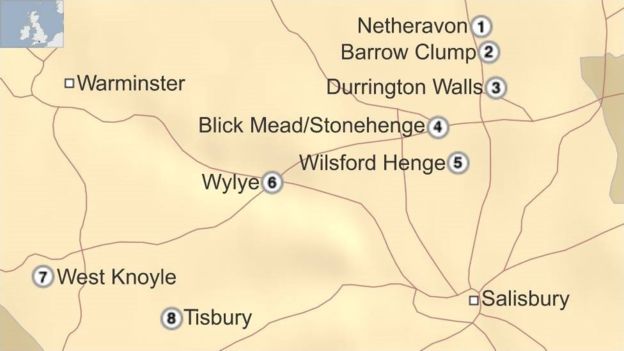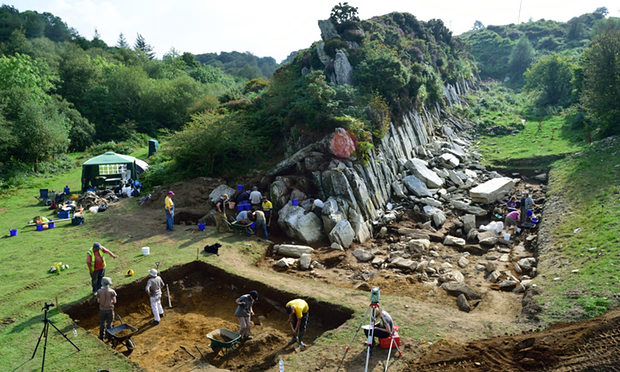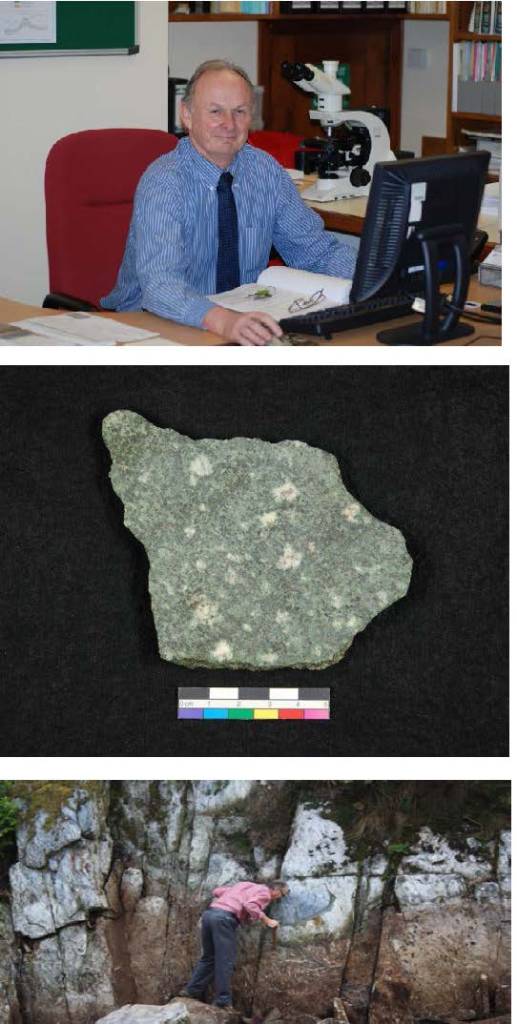Eagle-eyed visitors to Stonehenge’s impressive visitor centre will spot the poignant memorial, which is a reminder of the site’s long association with the military, in particular its aviation wing.

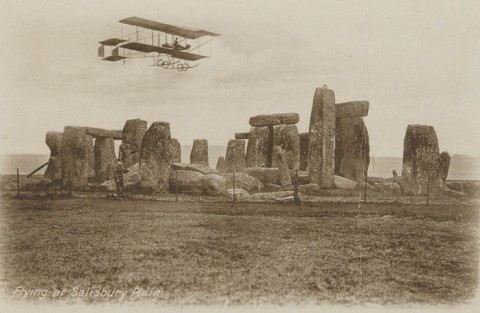
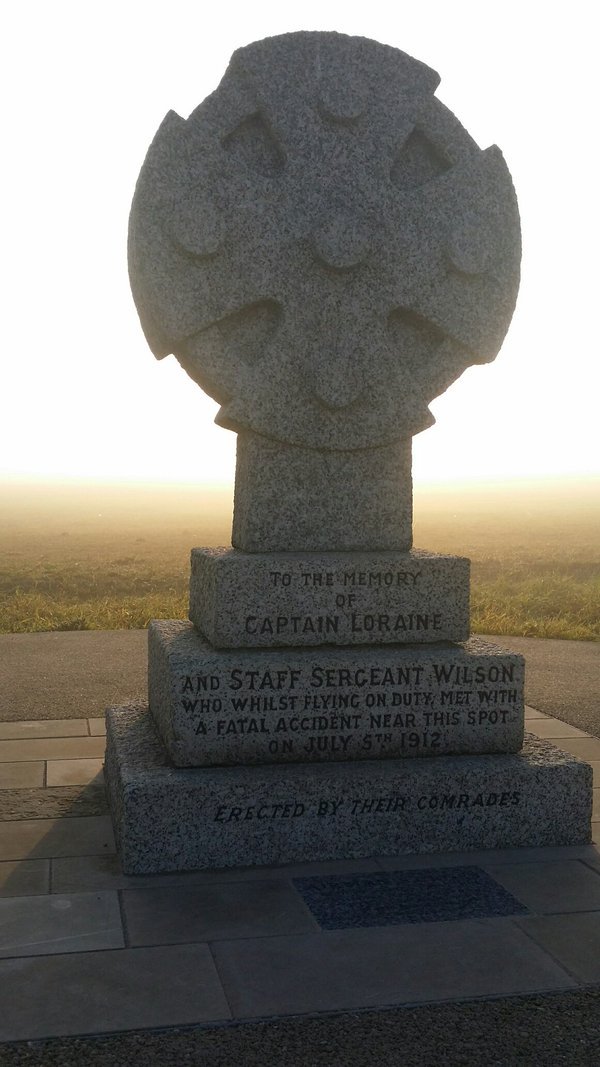
The memorial commemorates the site of an early military aviation accident on 5th July 1912, in which Capt Eustace Loraine and his passenger Staff Sgt Richard Wilson became the first members of the newly formed Royal Flying Corps to die while on duty. The memorial stone was moved in 2012 from Airman’s Corner to make way for a roundabout, as part of the access for the new visitor centre.
The area’s connection with aviation took off in the 1880s, when reconnaissance balloons belonging to the Royal Engineers could have been seen ascending over the ancient landscape, alarming locals and livestock. From 1897 the War Office started buying up large tracts of land around Stonehenge. They had been using Salisbury Plain for some time for training exercises. The relatively level area around the stones and its remoteness were just what they needed. The Royal Engineer aeronauts bagged the first drone-style aerial photograph of the famous monument in 1906. Three years later aeroplanes arrived on the plain when the wonderfully-named Horatio Barber, a pioneer aviator, rented a strip of land at Durrington Down (now known as Larkhill) and made test flights. The following year military hangars were constructed there. When the British government realised the military application of aeroplanes the Royal Flying Corps was formed. The air arm of the British Army went on to become the Royal Air Force. In its early days flimsy low-powered biplanes (with a maximum speed of 70 mph) were used for observation, with the co-pilot hanging precariously over the side of the cockpit to take photographs – a hazardous occupation, especially with bullets flying! Casualties and fatalities were high – but 80% were caused by mechanical failure and pilot error. One observer who survived, was the remarkable OGS Crawford, who went on to photograph much of Britain from the air after the First World War – and in doing so revealing many hitherto hidden prehistoric monuments and medieval ‘ghost villages’ hidden beneath the crops except from the air when the conditions were right. It was Crawford, employed by the Ordnance Survey, who in his aerial surveys, revealed the extent of the Stonehenge Avenue. He worked with fellow archaeologist and marmalade heir Alexander Keiller to conduct an aerial survey of many counties in southern England. Together they raised the finances to secure the land around Stonehenge for The National Trust.
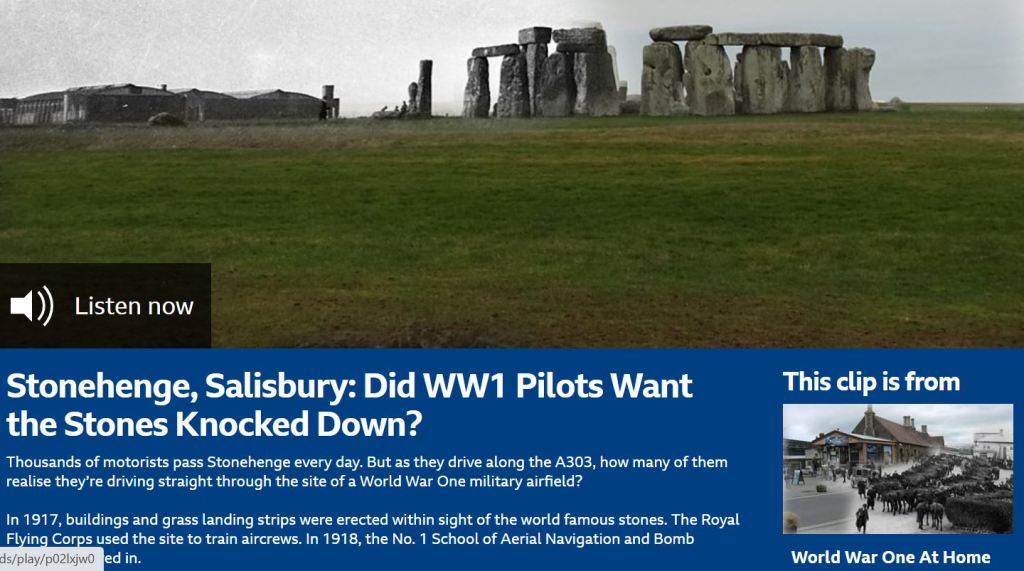
After the devastating bombing raid of summer 1917 by Germany on mainland Britain, when 162 people were killed in a daylight raid in London, the government increased the production of planes, with an especial emphasis on bombers – as war took to the air in a full-blooded way. More airfields were needed for this increased fleet, and Stonehenge was developed as a major aerodrome – in 1917 a 360-acre site was constructed, straddling either side of the A303: one side was the Main (or Day) Camp, the other the Night Camp – the latter was ostensibly for nocturnal missions, but soon both were used, as activity increased. The former RFC training site became the No. 1 School of Aerial Navigation and Bomb Dropping. Handley Page bombers were soon seen rumbling off the airstrip from early 1918 as Britain’s bombing campaign began in earnest. Preparing pilots and spotters for the Western Front, training was intensive and demanding. One of the notorious challenges was known by the airmen as ‘Head in Bag’, which was designed to test a pilot’s ability to fly in a straight line while having their head covered by the observer.
After the Armistice, operations at the Stonehenge aerodrome were slowly wound down, and by 1921 had all but ceased, as concerns for the preservation of the monument and its landscape grew. In 1927 the Stonehenge Protection Committee was set up, and by the early 1930s the aerodrome’s buildings had all been dismantled and removed. And so, military aviation at Stonehenge ceased, except for the occasional fly-by.
So, any who visit Stonehenge, especially around the time of Remembrance Sunday, should pause and spend a moment reflecting on the lives of the brave airmen and personnel who endured hardship, tragedy, and death to keep our skies and coastline safe.
GUEST BLOGGER: Dr Kevan Manwaring is an author, lecturer, and specialist tour-guide. His books include The Long Woman (a novel which features Stonehenge and Avebury) He is a keen walker and loves exploring the ancient landscape of Wiltshire, where he lives with his archaeologist partner
Stonehenge Aviation Links:
First World War Stonehenge Aerodrome | ENGLISH HERITAGE
Stonehenge and Salisbury Military Itinerary – VISIT WILTSHIRE
Stonehenge: Did WW1 Pilots Want the Stones Knocked Down? – BBC
Airman’s Cross | The Accident – THE SARSEN
World War One – The Battle for the Skies – HISTORIC UK
Stonehenge And Salisbury Plain Military History Tour – STONEHENGE TOURS
How Stonehenge site became the world’s largest military training camp – BBC NEWS
Military Commemoration in the Stonehenge Landscape – ARCHAEO DEATH
The Rifles Berkshire and Wiltshire Museum – SALISBURY MUSEUM
Early military ballooning – RAF MUSEUM
Royal Flying Corps – NATIONAL ARMY MUSEUM
The Army Flying Museum. The Museum holds an extensive collection charting over 100 years of the British Army in the air – MUSEUM
Stonehenge from the Air. Fly over historic Stonehenge and look down upon four thousand years of history from the open cockpit of your Tiger Moth – GoFlyUK
Visit Stonehenge with a specialist guide – STONEHENGE GUIDED TOURS
WWI practice tunnels found under Salisbury Plain – BBC
The Stonehenge News Blog
Follow us on Twitter and Facebook for all the latest Stonehenge News
http://www.Stonehenge.News
